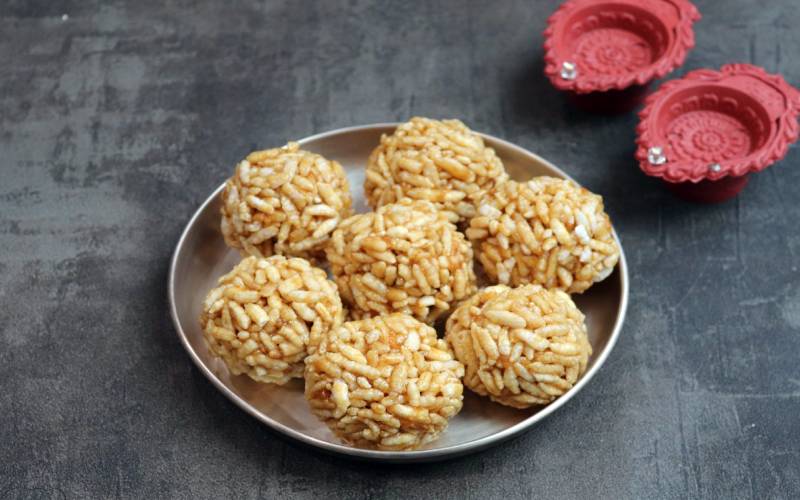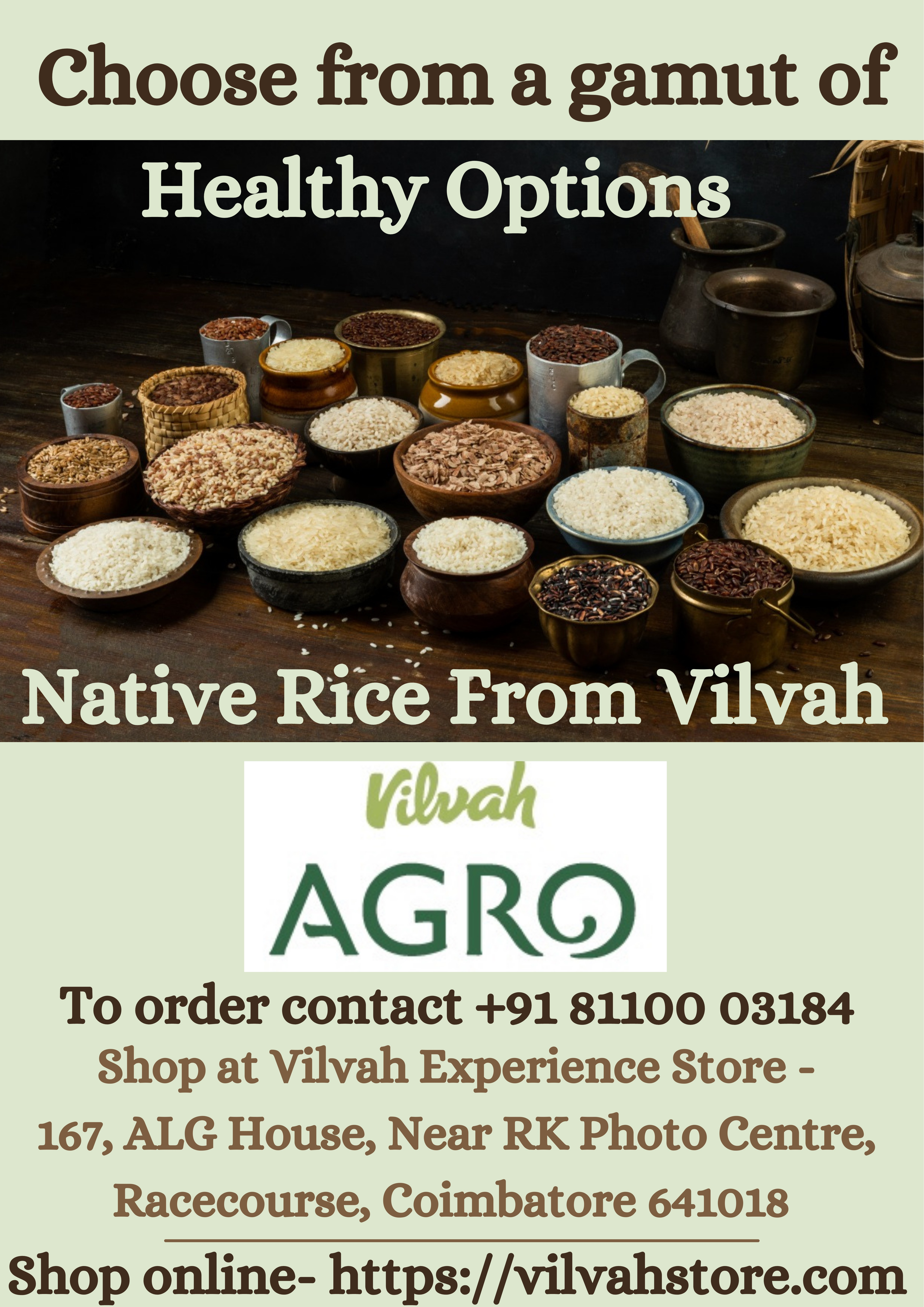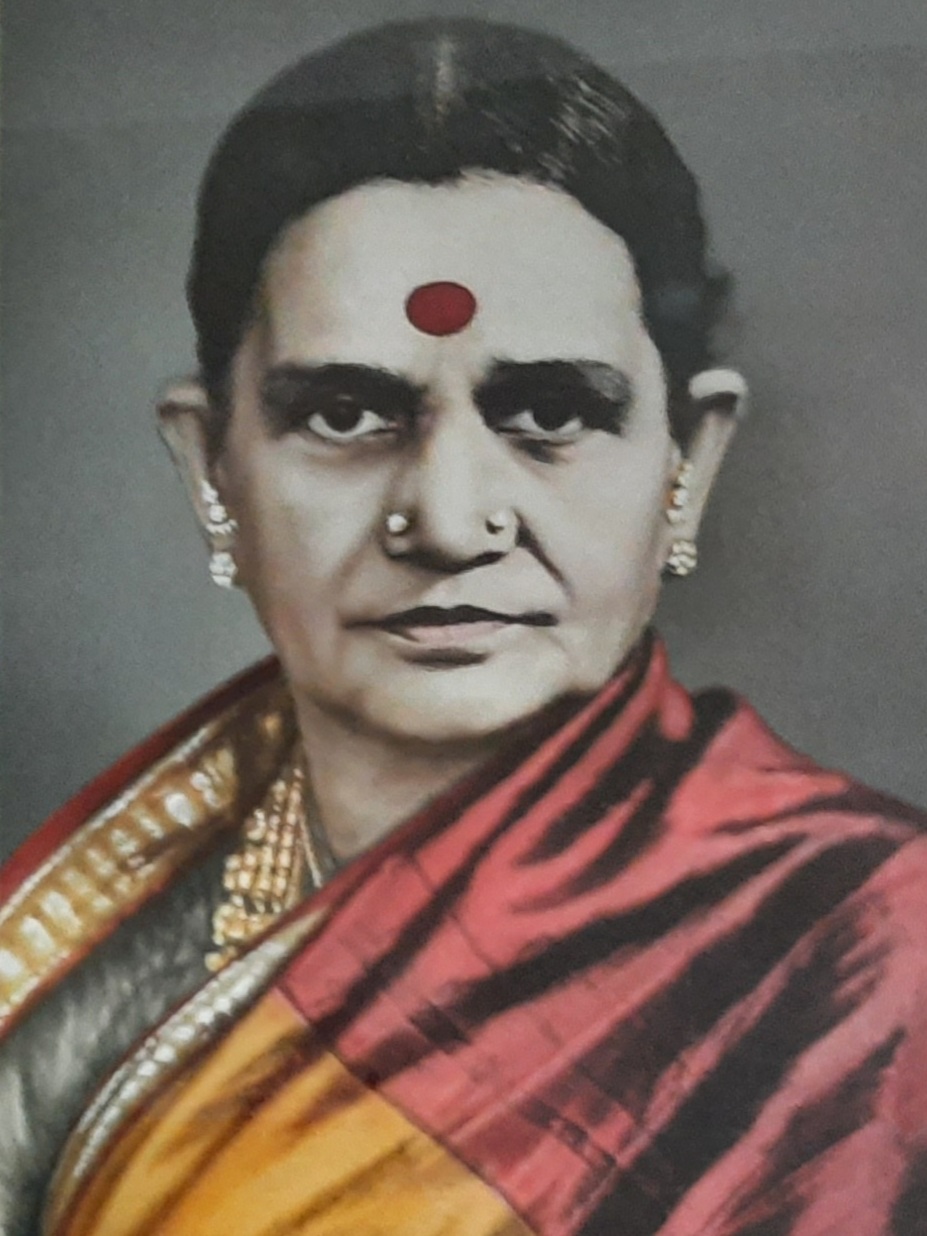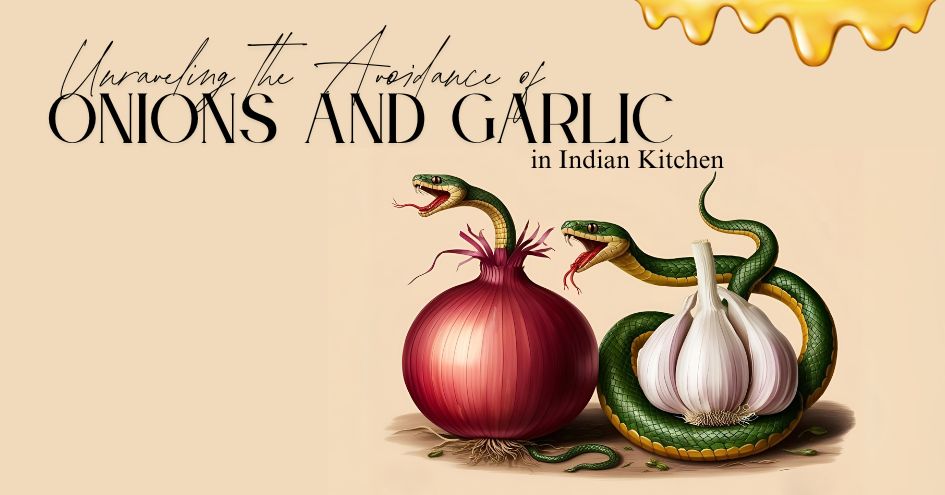
The Hindu calendar is full of observances and celebrations. Every act of the Hindu connects him or her with the divine. Indulgences are in the form of festivals and the offerings made to God at that time. The polytheistic approach, diversity of language and geography have given birth to perhaps millions of traditions. The inclusive Hindu have always embraced it all. This attitude made the Hindus to be free of suspicion. Therefore, middle eastern religions try to dominate the Hindu subcontinent through violence and falsehood. They were partially successful but could not throttle the Indian faith.
The Hindus put up with words like pagan and kafir. Genocides and famines created by colonial masters made them suffer but they did not deter from the path of righteousness/dharma. The month of Karthika is known for celebrations based on brightness. Lamps would be lit in every household and the villages and streets would appear to be studded with gems. Positive vibrations and the light from these lamps added to the calmness of the society.
It was during these times that these offerings were made in the well-lit pooja rooms and temples. The offerings included the Karthikai pori or the Karthigai borugulu (in Telugu). The other Karthikai deepam recipes include the nei appam, thinai appam, Godhumai maavu (Wheat flour) appam, Nel (Paddy) pori urundai, etc. The inclusive Hindu society has added the chocolate amongst its ingredients and now the devout offer the flavourful Chocolate Pori Urundai. Let us now enjoy the season by looking into the Karthikai pori/Karthigai borugulu.
The Karthigai borugulu would be distributed among friends, neighbours, colleagues, partners, employees, clients, etc. It was normally made in a good quantity. Karthigai borugulu represented the inclusive and all-encompassing nature of Hinduism.
Ingredients
Instructions

Notes

Rajalakshmi Raju Chettiar (1900 – 1970) was the better half of the iconic jeweler P. A. Raju Chettiar of Coimbatore. While the jeweler husband was busy with work and charity, the wife Rajalakshmi looked into the various aspects connected with the management of a huge household and the circle of immediate relatives. More than 36 marriages had been conducted within the premises of the house. Not to speak of the memorial services, vrata-s, pooja-s etc. A thousand plus occasions were celebrated in this marvelous dharmic residence. Rajalakshmi was responsible for imbibing and evolving the household. Eventually, the work of Rajalakshmi and Raju Chettiar made the family reach the numero uno position not only in terms of wealth but also culture and refinement.
NEXT ARTICLE

Can onions and garlic be consumed? For many adherents of Hinduism, Jainism, and other spiritual paths originating from the Indian subcontinent, these...